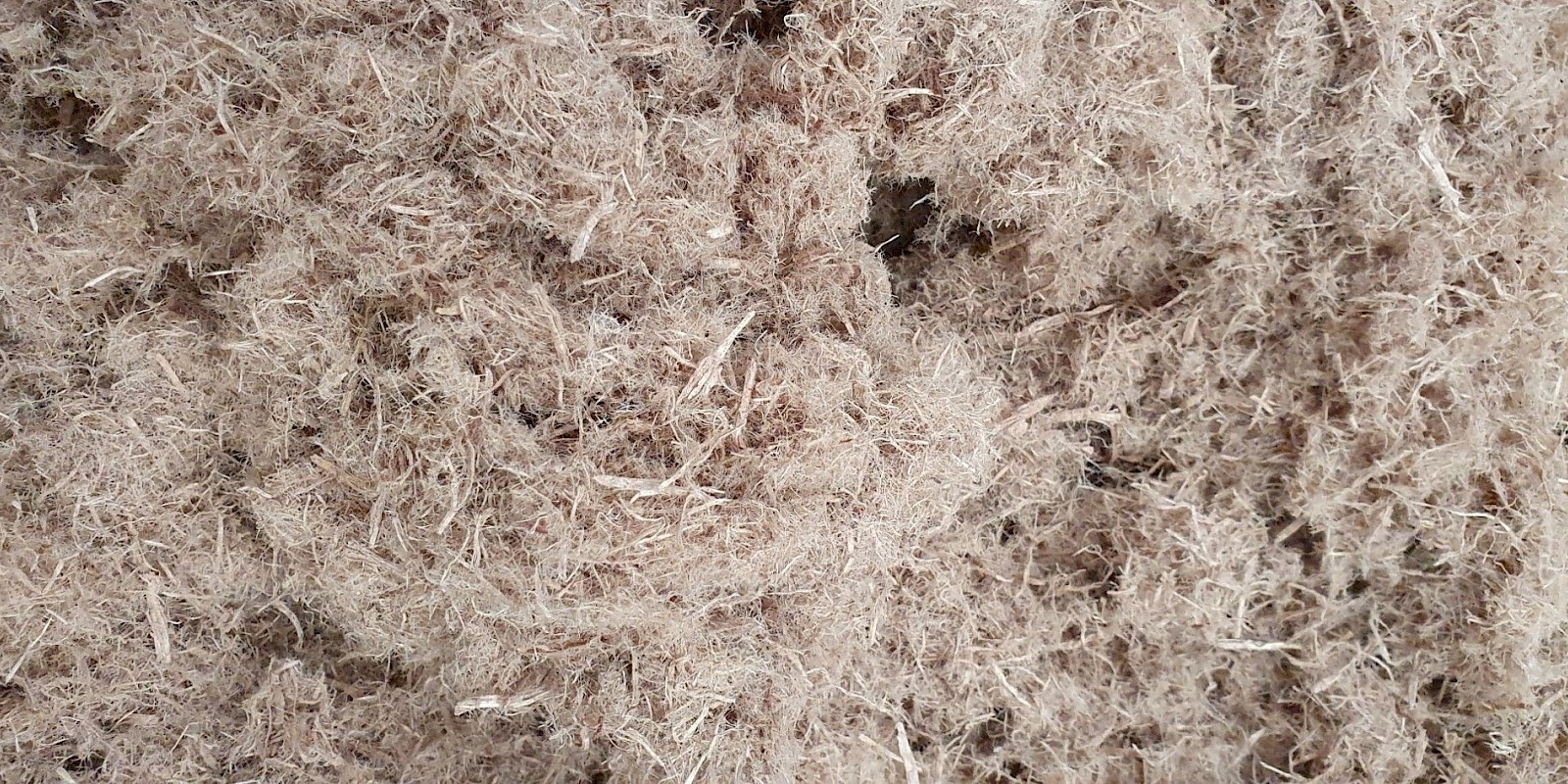Solar energy
Our production process is largely powered by electricity. Even our facilities have been free of gas for several years and are heated electrically. All the electricity needed for this is generated 100% by solar panels on our own production halls.
Raw materials
Various raw materials are used in the production of our substrates. These are mostly natural raw materials, and it is important that they are used responsibly. The selection of raw materials when formulating a substrate is determined by product safety, availability, consistency, customer preferences, and sustainability.
Responsibly Produced Peat
Peat remains the primary raw material for the substrate sector. So far, there is no alternative that performs better in terms of product safety, availability, and consistency. Peat continues to grow worldwide at a rate higher than its consumption. However, environmental organizations are critical of the use of peat as a raw material for plant cultivation. When peatlands are drained, CO2 is released, and the original landscape is altered. To use peat as sustainably as possible, the Responsibly Produced Peat (RPP) program was established several years ago. It is an independent European certification system for peat producers who extract peat responsibly. The aim of RPP certification is to ensure that peat used in substrates comes from responsible sources. Our goal is to have 100% of the peat sourced from RPP-certified companies by 2025.
You can find more information about RPP through this link or watch this video.
Renewable Raw Materials
Some of the raw materials used in our substrates are renewable, such as bark, compost, wood fiber, and coir. Our goal is to have 35% of our substrate made from renewable resources by 2025, and to increase this to 50% by 2030.
When using a higher percentage of renewable raw materials in the substrate, the irrigation strategy may need to be adjusted. This is because peat-reduced substrates have a lower moisture buffering capacity. Insufficient moisture buffering in the substrate can also become a problem in the supply chain.
The feeding during cultivation must also be approached differently by the substrate manufacturer and grower. Peat has the unique ability to buffer nutrients like a kind of "nutrition battery." Many peat substitutes have a much smaller buffering capacity, requiring more precise fertilization during cultivation. This may be further exacerbated because peat-free substrates often have a slightly higher acidity, which can affect the availability of various elements.
We conduct numerous trials in collaboration with our customers, gaining extensive experience with peat-reduced substrates. For example, using moisture sensors, we have developed different watering strategies that better suit peat-reduced substrates. These trials have also provided valuable insights into the nutrient balance in peat-reduced substrates.

Packaging
Our customers have the option to receive their products either loose or packaged. All packaged products are delivered on pallets that are reused multiple times. We retrieve used packaging from our customers and recycle it.